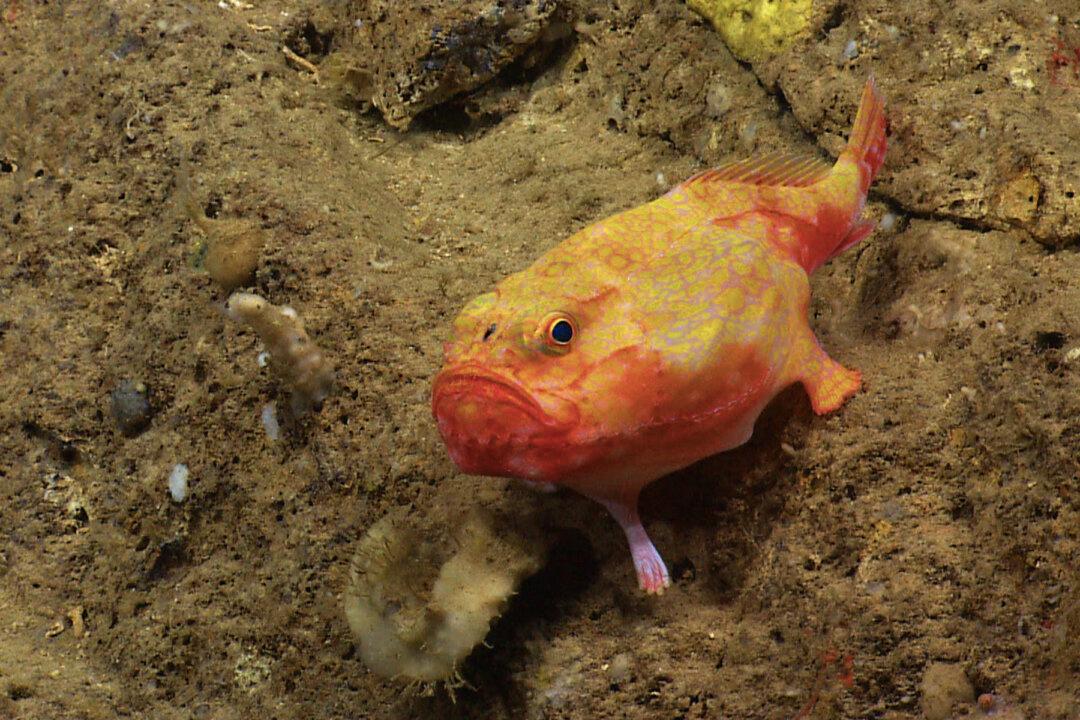The depths of the earth’s oceans represent a huge amount of as yet unexplored territory. As such, it is exciting, baffling, and awe-inspiring for the scientific community when curious new creatures appear and are caught on camera.
One such creature, a deep-sea fish recorded by the United States National Oceanic and Atmospheric Administration (NOAA) in 2016, continues to amaze an online audience with its unique method of traversing the bottom of the ocean floor.




